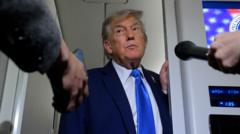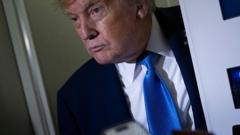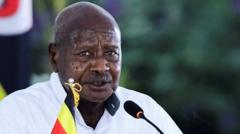**In a confusing turn of events, Canada orders the closure of TikTok's offices in key cities while promoting no ban on the app, raising questions about national security measures.**
**Canada Issues Mixed Messages with TikTok Office Closure**

**Canada Issues Mixed Messages with TikTok Office Closure**
**The Canadian government shuts down TikTok's offices amid security concerns, yet allows continued use of the app by the public.**
This week, the Canadian government announced a notable shutdown of TikTok’s operations in Toronto and Vancouver, primarily related to security concerns. Yet, contrary to expectations, this action does not entail a comprehensive ban on the app itself, which remains accessible for Canadian users.
François-Philippe Champagne, Canada's industry minister, ordered the closure after a review of foreign investments, citing a detailed examination by the nation’s security and intelligence bodies. The decision was likely influenced by TikTok's ownership by the Chinese company ByteDance, a factor that has raised alarms regarding data privacy and national security in various countries.
During a recent press briefing, Champagne emphasized that while the closure of the offices was necessary, it did not translate into a restriction on the app's usage among the general public—a stance that many found perplexing. Previously, there had been a prohibition on utilizing TikTok on government-issued devices, yet a full ban on the app's general use was notably absent.
When pressed for clarity on the apparent discrepancy between security concerns and ongoing public access to TikTok, Champagne refrained from elaborating, citing legal bounds surrounding his authority. His focus is chiefly on assessing and managing foreign investments rather than enforcing direct regulations on digital platforms.
As users continue to access TikTok, analysts and critics speculate about the implications behind the government’s mixed signals—whether it reflects a strategic balance between economic interests and security vigilance, or if it highlights a deeper indecision regarding digital policy in an increasingly interconnected world.





















